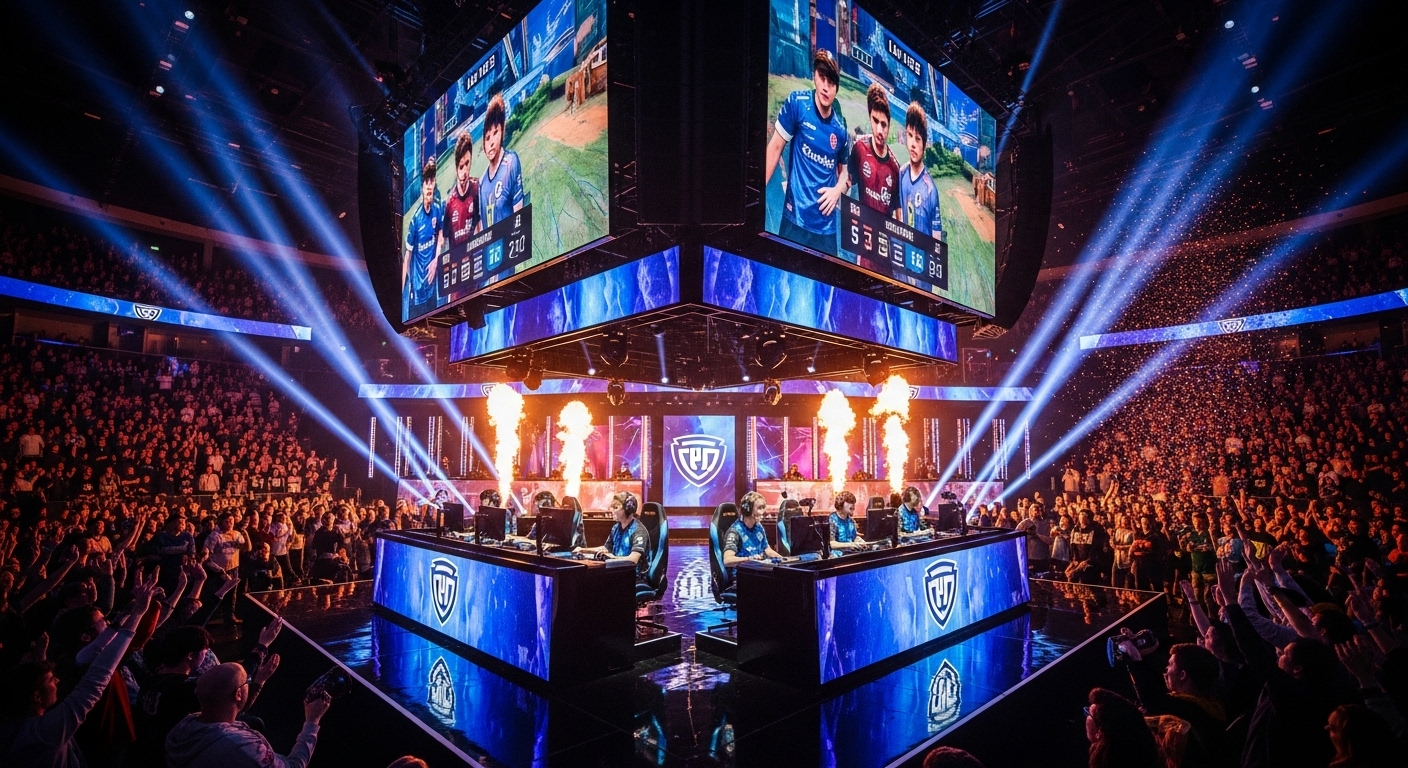“`html
Fighting—it’s been around as long as humans have been. Existing with us through the ages, from ancient gladiatorial combat to the latest mixed martial arts events. It’s an odd mix of brutality and grace, raw energy, and profound discipline. At its core, fighting is about survival, but it also serves as an outlet for human expression. It’s fascinating in some wild, unexplainable way.
The History of Fighting: A Kaleidoscope of Conflict
Throughout history, fighting has taken many shapes. Ancient societies viewed it as entertainment and survival. Picture the gladiators of Rome, whose battles captivated audiences in the Colosseum. Even before that, there were warriors in tribal settings, engaging in hand-to-hand combat, a dance of death with blunt tools and sharp wit.
Combat Sports: From Tradition to Television
As civilization evolved, so did ways of fighting. Each culture added its flavor, creating a rich tapestry of techniques and traditions. Martial arts like karate, judo, and kung fu emerged from Asia, offering a structured, almost philosophical approach to combat. These arts focus on technique, restraint, and respect just as much as they do on physical prowess.
Then there’s the spectacle of professional wrestling—part athleticism, part theatre. Boxing matches, with their timeless bouts such as the ‘Rumble in the Jungle’, made it to primetime television, glorifying and condemning the violence simultaneously. Today, mixed martial arts (MMA) reign supreme. Events are watched globally, with fighters becoming icons of resilience and strength.
The Science Behind the Fight
Fighting is not just brawn over brains; it’s a mix of technique, strategy, and psychological warfare. A fighter’s ability to anticipate an opponent’s move—a dodge here, a counter-punch there—can mean the difference between victory and defeat.
There’s an intricate science behind each calculated strike and block. Footwork is crucial. A fighter’s feet must move like lightning, never remaining still. Similarly, understanding an opponent’s psychology becomes essential. Fighters often study their opponents’ past bouts to strategize. It’s an elaborate game of chess played out with fists and fury.
| Type of Combat | Origin | Main Techniques |
|---|---|---|
| Boxing | England | Jabs, Hooks, Uppercuts |
| Karate | Japan | Punches, Kicks, Kata |
| MMA (Mixed Martial Arts) | Global | Combination of Ground and Stand-Up Techniques |
| Muay Thai | Thailand | Knees, Clinches, Elbows |
The Role of Fighting in Personal Growth
Weirdly enough, fighting provides significant insights into personal development. Many practitioners of martial arts argue that beyond the punches and kicks lies a path to self-discovery. There’s a philosophy embedded in the rituals, an art in the execution.
A Way to Build Values
For many, it’s a disciplined way of life. Martial arts teach perseverance, focus, and respect. You first learn to conquer yourself before facing an opponent. Many fighters find their greatest battles are internal, not external.
Why We Are Drawn to Fighting
Humans are naturally drawn to conflict and competition—there’s an allure to seeing physical confrontations unfold. Perhaps it’s a biological impulse. Watching a fight can inspire a mix of emotions, from fear to excitement. It’s raw, unpredictable—a primal experience that, oddly enough, can leave one feeling more alive.
The Gladiatorial Mindset
Combat also satisfies our innate gladiatorial desires—this primal need to dominate or witness domination. In a modern sense, perhaps it keeps us anchored to our primitive roots, a connection to what early humans experienced.
Moreover, fights, especially those that demonstrate skill and respect, become stories of personal triumph. They are testaments to the strength of the human spirit, tales of resilience and sheer willpower. For a closer look, check out this collection of articles that delves deeper into these themes.
Fighting in the Digital Age
Today, the internet has revolutionized how we experience fighting. With platforms streaming live MMA events and martial arts tutorials available to anyone with a screen, people worldwide can access the action. This digital age also offers a chance to analyze techniques and learn from the masters without stepping into the octagon.
Even video games reflect the fascination with fighting. From legendary arcade battles in Street Fighter to lifelike simulations in UFC video games, aficionados can virtually engage with the fighting culture. There’s an overlap between reality and digital, where skills in a virtual environment make many curious about the realities of actual combat.
Engaging with Fighting Media
Movies also replicate dramatic and adrenaline-pumping fighting scenes. Films like ‘Rocky’ or ‘Enter the Dragon’ emphasize physical struggle and the journey of the fighter. They capture the blood, sweat, and triumph of the fight, engraving these stories into popular culture.
The Controversy of Fighting Sports
But here’s the thing. Fighting isn’t everyone’s cup of tea. It faces significant criticism too. Concerns range from the glorification of violence to the physical and mental health risks faced by fighters. There’s a constant debate about whether such sports promote aggression or channel it constructively.
Some view cage matches as barbaric—a dark reflection on humanity. Yet, the fighters themselves often speak of the deep camaraderie, discipline, and respect embedded in these sports. But are these aspects enough to outweigh concerns? A visit to the Wikipedia page on fighting highlights the ongoing arguments about its place in society.
Many fans and professionals from the industry, including some on this Forbes list of notable fighters, believe the benefits often outweigh the negatives. They emphasize that regulated fighting sports can reduce street violence by channeling that energy into controlled environments.
Common Misconceptions About Fighting
One persistent misconception is that fighters hold violent tendencies. In truth, most combat sports participants are some of the most disciplined people you’ll meet. They respect the ring, the dojo, and their opponents.
The Role of Training
Training regimens are intense yet structured, focusing on physical conditioning and mental clarity. Not merely about absorbing blows but learning balance, coordination, and strategy. It’s where mind meets body amidst sweat and determination.
FAQs
- Why do people enjoy watching fights?
It’s a mix of thrill and observing raw human emotion and skill. There’s something primal and compelling. - Are all fighters aggressive outside the ring?
Not really. Many see it as a discipline, a form of expression, not aggression. - Isn’t fighting dangerous?
Yes, it carries risks, but regulated sports have safety measures, and fighters are trained professionals. - Why did MMA become so popular?
It’s a blend of various fighting styles, making it more dynamic and engaging for audiences. - Can an average person take up a combat sport?
Absolutely! There are numerous disciplines focusing on fitness, self-defense, and personal growth open to all skill levels.
There’s a lot more to the world of fighting than meets the eye. It’s complex, controversial, and captivating—a mirror reflecting different facets of the human condition. It’s about understanding violence and peace, aggression and restraint, fear, and courage, all rolled into one. Not everyone’s gonna get it, but for those who do, it holds a deeper, almost indefinable significance.
“`



